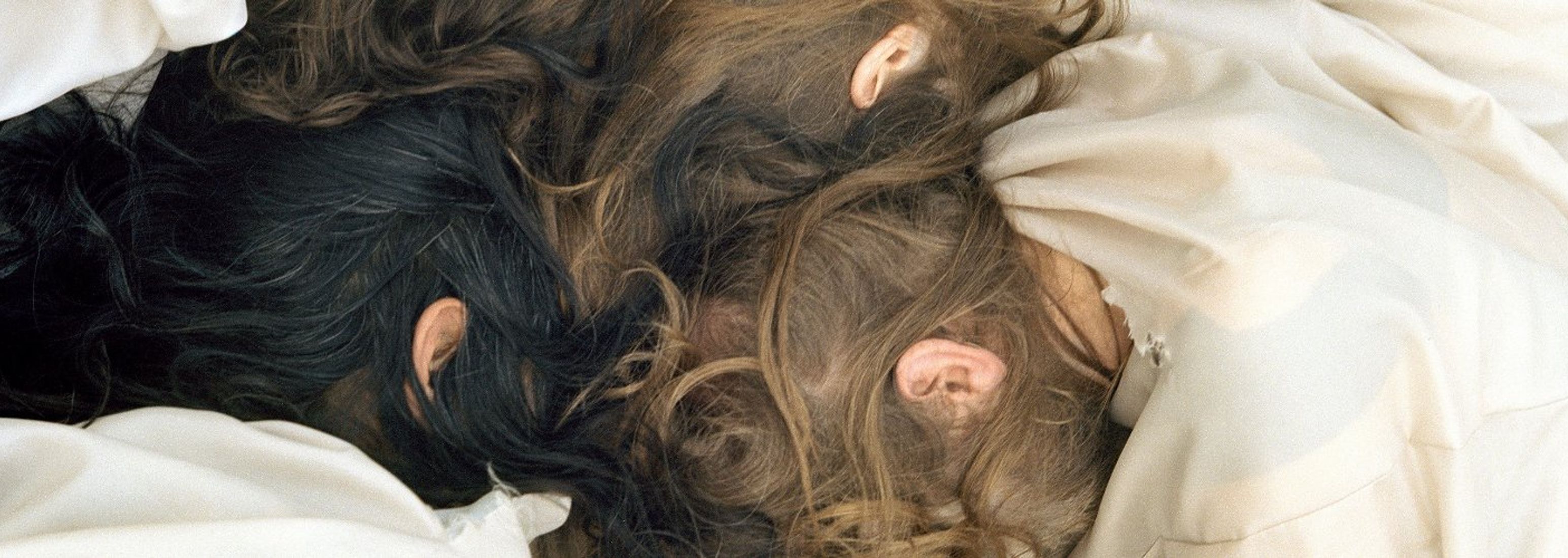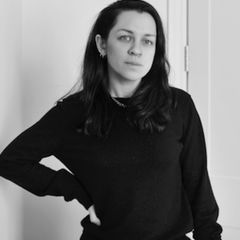
ICA London – Institute of Contemporary Arts
Home of radical arts since 1946
- Location
- London, United Kingdom
- Website
- https://www.ica.art/
Projects credited in
- student
- NC
- Film Director
About
The ICA was founded by a collective of artists, poets and their supporters, including Peter Gregory, E.L.T. Mesens, Roland Penrose, Herbert Read and Peter Watson. Read described already back the ICA in 1947 as ‘a workshop’ and its programme as ‘daring’. During the late 1940s and 50s, the ICA presented groundbreaking projects organised by members of the Independent Group, including Growth and Form (1951) and Parallel of Life and Art (1953). Often referred to as the birthplace of Pop art, the ICA supported very early on proto-Pop artists Richard Hamilton and Eduardo Paolozzi, as well as staging first major British institutional exhibitions by Francis Bacon, Pablo Picasso and Alison and Peter Smithson. The ICA moved to its present location on The Mall in spring ’68. On its opening 11 April 1968, then director Michael Kustow remarked: ‘If the new ICA becomes merely another cultural amenity, in a city well stacked with galleries, theatres and concert-halls, it will have failed. It must become an active presence, a focal point where a nucleus of artists from all the contemporary arts can communicate urgent and needed messages. […] A free space, in which the deepest questions that concern us as individuals and society can be explored in continuity […] a sustained enquiry into the roots of our present possibilities and discontents.’ Over the subsequent decades, the ICA has staged numerous groundbreaking exhibitions, among those the first institutional exhibitions by Jean-Michel Basquiat, Tacita Dean, Damien Hirst, Douglas Huebler, Mike Kelley, Mary Kelly, Barbara Kruger, Ilya Kabakov, Gabriel Orozco, Richard Prince and Cindy Sherman, as well as early exhibitions by Bernadette Corporation, Robert Mapplethorpe, Steve McQueen, Gerhard Richter, Tino Sehgal, Hito Steyerl and Luc Tuymans. It staged a number of historical performances by Laurie Anderson, Einstürzende Neubauten and Yoko Ono. It presented now legendary concerts by The Clash (1976), Throbbing Gristle (1976), The Smiths (1983), David Bowie (1988), as well as The Stone Roses (1989) and The Beastie Boys (2004). Many of the world’s leading thinkers have given keynote lectures at the ICA and defined of how we think about culture and society today: Monica Ali, J.G. Ballard, Roland Barthes, John Berger, Homi K. Bhabha, Jacques Derrida, T.S. Eliot, Allen Ginsberg, Michel Foucault, Stuart Hall, Luce Irigaray, Jean-François Lyotard, Salman Rushdie, Gayatri Spivak, Frank B. Wilderson III, Slavoj Žižek and many more. The Cinema continues to be a major voice in introducing independent film to a local and global audience. Decades of pioneering filmmakers such as Chantal Akerman, Kenneth Anger, Matthew Barney, Derek Jarman, Isaac Julien, Abbas Kiarostami, Mike Leigh, Ken Loach, Joshua Oppenheimer and Laura Poitras call the ICA their home, earning us the reputation of one of the world’s most important independent cinemas, with a strong focus on the presentation of artists’ film and the moving image. Under the current directorship of Stefan Kalmár, we are once again invested in a radically progressive vision of the ICA – an ICA in which different modes of cultural production thrive on mutual engagement with each other, and a programme that speaks to the challenges of the 21st Century. As Kalmár points out: ‘the parallels between Spring ’68 and now are as startling as they are sobering. Then and now, the world needs spaces like the ICA where people can come together to make sense of the complexities of this situation. For me, the Institute of Contemporary Arts, with its over 70-year history, is one of these rare utopian models: a truly contemporary organisation.’
People who have worked with ICA London – Institute of Contemporary Arts
sekou Abineri
- Director
Amelia Abraham
- Journalist, Editor, Copywriter
- Dazed Media, Refinery29, VICE
Huma Ahmed
- Graphic Designer, Creative Artworker
- Southbank Centre, TATE, Multiple clients / agencies
Sarah Boris
- Creative Director & Owner, Sarah Boris
- Sarah Boris, Phaidon Press, London College of Communication, UAL, ICA London – Institute of Contemporary Arts, SFX Sixth Form School, Barbican Centre




